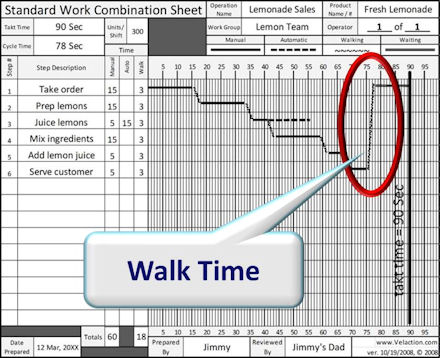Workgroup
“Workgroup” is a generic term used to describe an organization within a company that reports to a single individual. A workgroup may be a small team reporting to a lead, or a much larger group reporting to a department manager. In many traditional companies, workers are organized by function. In Read more…


